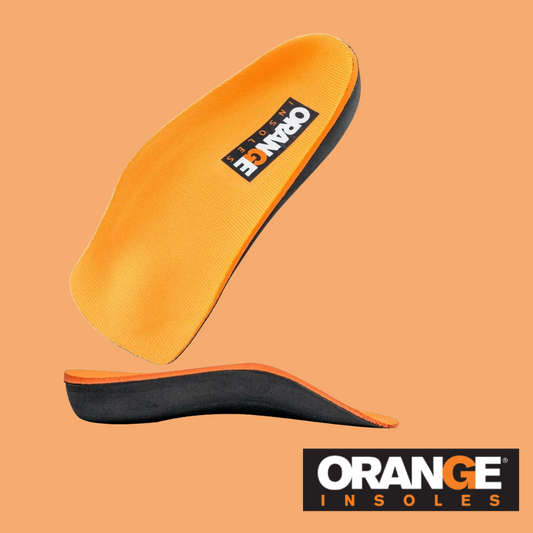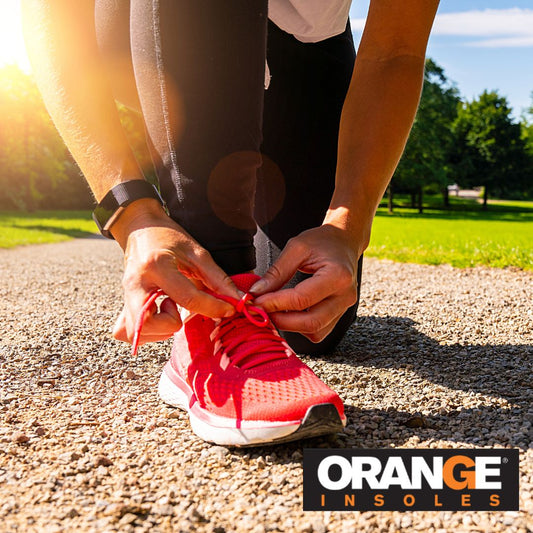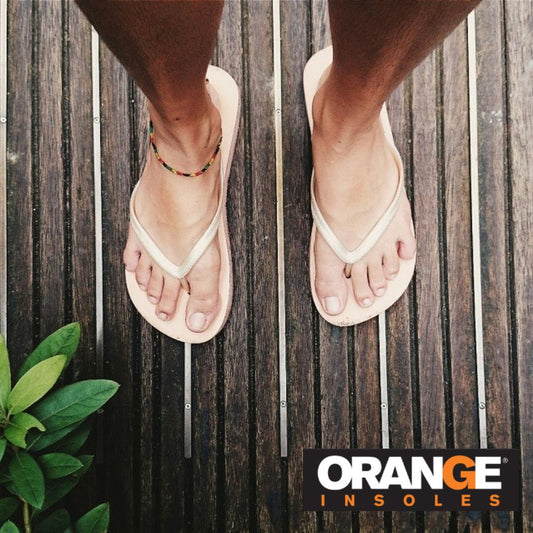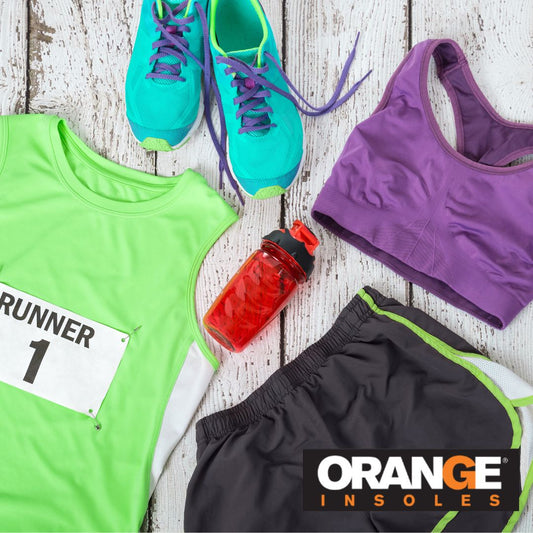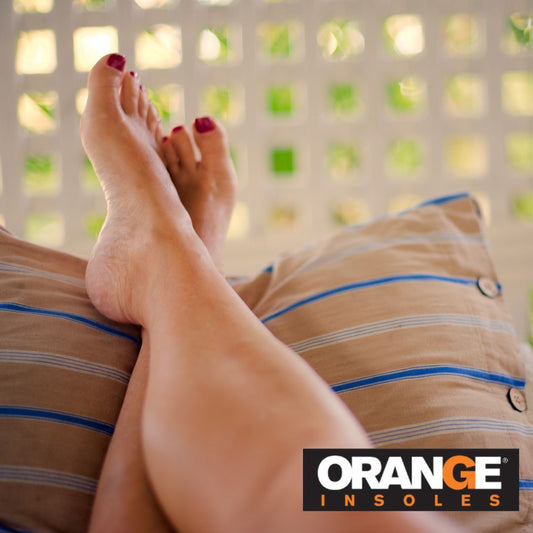You learned the song in grade school, “The head bone’s connected to the [clap] neck bone…” Since legs provide support to our complete body structure and facilitate its movement, it is essential to take care of various parts that constitute a leg.
It probably goes without saying, but knees are important in moving the body.
And, when you’re out of alignment, your knees feel it.
How Is Your Body Supposed to Be Aligned?

When everything is aligned properly, the center of your femoral head (which attaches your leg to your hip) aligns with your knee, which aligns with the center of your ankle. When this happens, the load of your body weight is evenly distributed on both sides of your body, through your hips, and down to your feet.
But what if one leg is shorter than the other? Or if one hip is rotated more than the other?
Look at the graphic above and hearken back to 10th grade physics class. What happens when the load shifts disproportionately from one side to the other?
You got it, one side is responsible for bearing it and it will wear down faster.
Your body is no different.
What Causes Misalignment (And The Pain That Comes With It)?
Many things can cause misalignment. Injuries. Repetitive motion. Overuse.
And it doesn’t get better with age.
In fact, as you get older, you start to feel the compounding effect of your life choices on your body. Not stretching as much as you should. Running improperly. Wearing shoes that don’t fit right. Sitting down all day while you work. Brushing off a yoga practice because you feel like you really don’t need to stretch.
All of those little choices add up - and then they catch up.
So, you experience pain.
At first it’s dull. Just a slight pain in the inner region of the kneecap or below the kneecap. But then it’s aggravated while using stairs or traveling up and down hills. Or taking a walk.
Before you know it, you start to feel the popping or grinding sensation associated with Patellofemoral Pain Syndrome.
Yeah, it’s not great.
Your Body Wants to Be Pain-Free
Fortunately, your body wants to be better. And has wonderful mechanisms for healing itself - if you let it. If you help it.
And you can do that a number of ways:
- Maintain good posture when you’re working
- Wear shoes that are the right size (Here’s how to tell if your shoes are the right size)
- Pick up a yoga practice designed for injuries, which will both stretch and strengthen imbalanced muscles.
- Make sure you practice good form running & walking
But sometimes, despite your best effort, your body needs help.
How Insoles Give Your Body a Boost (And Reduce Knee Pain)
If you’re experiencing severe pain in your knee (or anywhere for that matter!), you should talk to your doctor. And, depending on the cause, (s)he will very likely recommend a supportive insole to help you realign your body.
These are corrective tools designed to help you get your body back in alignment, so you’re able to do some of the things we mentioned above.
They’re the proverbial band-aid to your pain symptoms; it’s up to you and your doctor to treat the underlying cause.
But great insoles can help.
Orange Insoles can help.
That’s because people suffering from knee pain can feel better if they use insoles created with modern technology. 
Orange Insoles has developed best-in-class inserts that come with a deep heel cup and strategically placed contours. This allows the users to align their feet properly and distribute the weight evenly.
Additionally, metatarsal pads are used to balance forefoot pressure and EVA foam that cushions the support from heel to toe. As you start wearing these insoles, you should realize better lower extremity alignment resulting in less pain and fatigue.
To be clear, there can be any number of reasons why you have knee pain. Which is why, if you have persistent pain, you should see a doctor. But, by examining your lifestyle, understanding how your body should be aligned, and giving it the support it needs, you can feel better & do more!




















